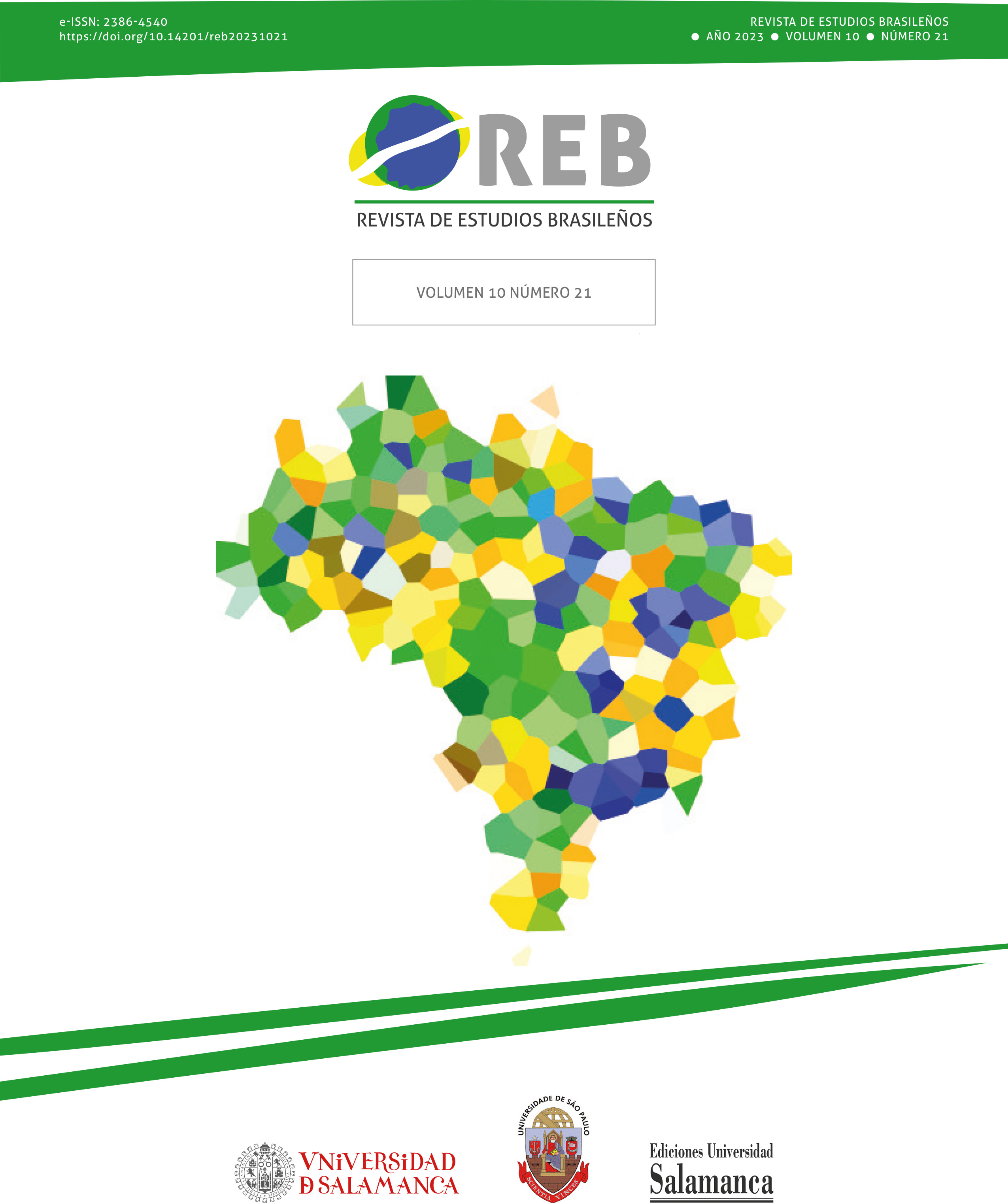From FHC to Bolsonaro, 27 years of evaluations by Brazilian public opinion: What explains the president’s popularity?
DOI:
https://doi.org/10.14201/reb202310212147Keywords:
Public opinion, President evaluation, Brazil, time seriesAbstract
The article proposes to analyze a time series of evaluations by four Brazilian presidents, between 1995 and 2022. The question is: how did the evaluation variations of Brazilian presidents come from public opinion? The hypothesis is that external and internal factors explain differently the evaluation variations. External explanatory variables are economic indicators such as unemployment and inflation rates. The main objective is to identify the types of changes in presidents’ approval curves and test the VP-function for Brazilian presidents. The results show economic variables have inconsistent effects and that the passage of time is the main explanation for the decline in popularity of presidents - the closer to the end, the more difficult it is to maintain high levels of approval.
Downloads
References
Anderson, B. (1992). Imagined communities: reflections on the origin and spread of nationalism. London: Verso.
Berlemann, M., & Enkelmann, S. (2014). The Economic Determinants of U.S. Presidential Approval: a survey. European Journal of Political Economy, 36, 41-54.
Box, G., & Jenkins, G. (1976). Time Series Analysis: forecasting and control. São Francisco: Holden-Dan.
Carlin, R. E., Hartlyn, J., Hellwig, T., Love, G. J., Martínez-Gallardo, C., & Singer, M. M. (2018). Public support for Latin American presidents: the cyclical model in comparative perspective. Research & Politics, 5(3). https://doi.org/10.1177/2053168018787690
Cervi, E. U. (2019). Manual de Métodos Quantitativos para iniciantes em ciência política (Vol. II). Curitiba: CPOP. Recuperado em 2 de novembro de 2020, de http://www.cpop.ufpr.br/portal/wp-content/uploads/2019_cervi_mq_vol2_cpop.pdf.
Dader, J. L. (1990). La evolución de las investigaciones sobre la influencia de los medios y su primera etapa: teoría del impacto directo. In A. Alonso, et al. Opinión Pública y Comunicación Política. Madri: Eudema Universidad.
Davison, P. (1968). Public Opinion. International Encyclopedia of The Social Sciences. Nova York: The MacMillan Co. Free Press.
Ginsberg, B. (1989). How polling transforms public opinion. In M. Margolis, & G. A. Mauser (Eds.). Manipulating Public Opinion: essays on Public Opinion as a Dependent Variable (pp. 271-293). Pacific Grove: Brooks/Cole.
Gotman, J. M. (1984). Time-Series analysis: a comprehensive introduction for social scientists. Cambridge: Cambridge University Press.
Gujarat, D. (2006). Econometria básica. Rio de Janeiro: Ed. Elsevier.
Habermas, J. (1981). Historia y critica de la opinión pública: la transformación estructural de la vida pública. Barcelona: G. Gili.
Howlett, M. (2000). A dialética da opinião pública: efeitos recíprocos da política pública e da opinião pública em sociedades democráticas contemporâneas. Revista Opinião Pública, 6(2), 167-186. https://doi.org/10.1590/S0104-62762000000200001
Krosnick, J. A., & Kinder, D. R. (1990). Altering the foundations of support for the president through priming. The American Political Science Review, 84(2), 497-512.
Key, V. O. (1968). An introduction to public opinion and American Democracy. In Welch, T., & Comer, D. Public Opinion. California: Mayfield Pub..
Lane, R. E., & Sears, D. O. (1964). Public Opinion. Nova Jersey: Prentice-Hall.
Lewis-Beck, M. S., & Stegmaier, M. (2013). The VP-Function revisited: a survey of the Literature on Vote and Popularity Functions after over 40 Years. Public Choice, 157(3), 367-85.
Morettin, P., & Tolloi, C. (2004). Análise de séries temporais. São Paulo: Editora Edgard Blücher.
Mueller, J. E. (1970). Presidential popularity from Truman to Johnson. American Political Science Review, 64(1), 18-34.
Nannestad, P., & Paldamd, M. (1994). The VP-function: a surey of the literatura on vote and popularity functions after 25 years. Public Choice, nª 79, 213-254.
Noelle-Neuman, E. (1974). The Spiral of Silence. A Theory of Public Opinion. Journal of Communication, 24(2), 43-51. https://doi.org/10.1111/j.1460-2466.1974.tb00367.x
Page, B., & Shapiro, R. (1992). The Rational Public. Chicago: Chicago University Press.
Perrin, A. J. & McFarland, K. (2011). Social Theory and Public Opinion. Annual Review Sociological, nº 37, 87-107.
Pevehouse, J. C., & Brozek, J. D. (2008). Time-series analysis. In J. M. Box-Steffensmeier, H. E. Brady, & D. Collier (Eds.). The Oxford Handbook of Political Methodology (pp. 456-471). Oxford: Oxford University Press.
Saward, M. (2006). The representative claim. Politic Theory, nº 5, 297-318.
Warner, M. (1992). The mass public and the mass subject. In C. Calhoun (Ed.). Habermas and the Public Sphere (pp. 377-401). Cambridge: MIT Press.
Downloads
Published
Issue
Section
License
Copyright (c) 2023 Emerson Urizzi Cervi

This work is licensed under a Creative Commons Attribution-NonCommercial-NoDerivatives 4.0 International License.





